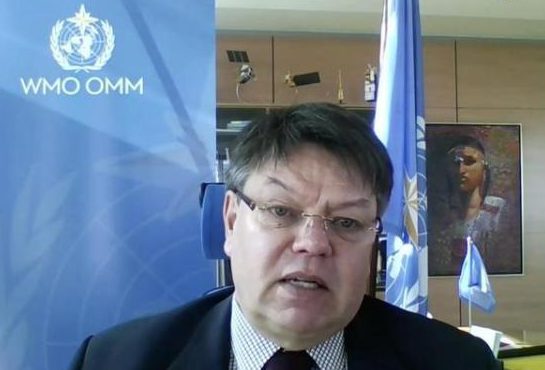Taras, Secretary-General of the World Meteorological Organization, recently pointed out on the 2020 Emission Gap Report released by the United Nations Environment Programme on the eve of the fifth anniversary of the Paris Agreement: “The concentration of major greenhouse gases in the atmosphere increases every year, and the heat of the ocean also rises year by year. 2020 is expected to be one of the hottest years on record.”
Taras said: “We have seen an increase in the melting of glaciers, including the Himalayas, which means that the amount of water supply to rivers around the world will be reduced; we have seen record-breaking forest fires in the Arctic, Australia, California and Colorado; this year, the number of Atlantic hurricanes has also broken the highest in history. Record. We must reduce the concentration of carbon dioxide, and it is important to solve this major problem. Because CO2 stays for a long time, it’s a real problem.”
Taras said: “It is very positive that an increasing number of countries, including China, are committed to achieving carbon neutrality. We hope that the United States will also join the carbon neutrality.”
“The cost of converting to clean energy and reducing greenhouse gas emissions is not very high compared with inaction, and the impact of climate change is more than 20 times higher than the cost of mitigating climate change. What matters now is action. Taras stressed.
The 2020 Climate Ambition Summit was held by video tonight (December 12). The summit is an important step towards the 26th United Nations Conference of the Parties to Climate Change next year.
The Paris Agreement was adopted at the Paris Climate Change Conference on December 12, 2015 to plan global action to address climate change beyond 2020.
The long-term goal of the agreement is to limit the increase in global average temperature from the pre-industrial period to 2 °C, and to strive to limit the temperature increase to 1.5 °C.



